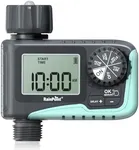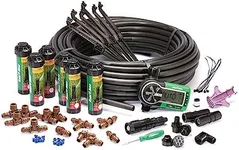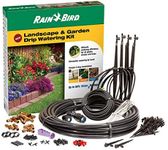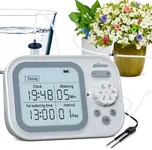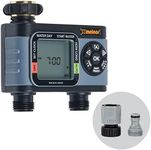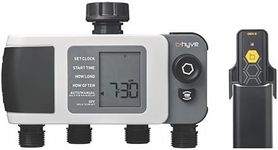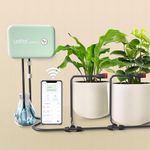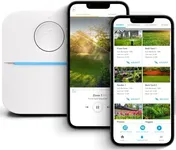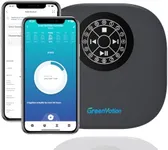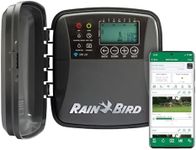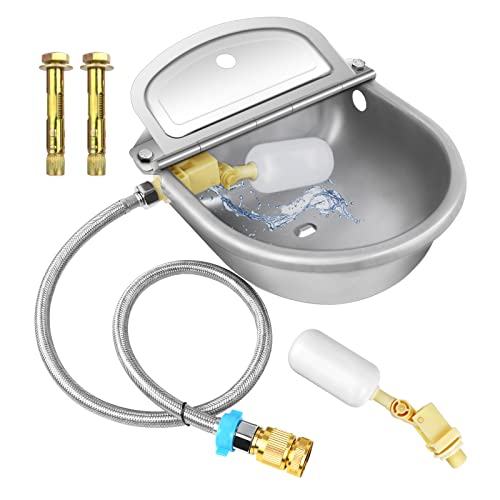Buying Guide for the Best Automatic Watering Devices
Choosing the right automatic watering device for your garden or plants can make a significant difference in maintaining their health and growth. These devices are designed to provide consistent and efficient watering, saving you time and ensuring your plants get the right amount of water. To make an informed decision, it's important to understand the key specifications and how they align with your specific needs.Watering CapacityWatering capacity refers to the amount of water the device can hold or distribute over a certain period. This is important because it determines how long the device can operate without needing a refill or adjustment. For small indoor plants, a lower capacity might be sufficient, while larger gardens or outdoor areas may require a device with a higher capacity to ensure all plants are adequately watered.
ProgrammabilityProgrammability is the ability to set specific watering schedules and durations. This feature is crucial for ensuring your plants receive water at optimal times, such as early morning or late evening, which can help reduce water evaporation. Basic models may offer simple timers, while advanced ones can provide more detailed scheduling options. Choose a device with programmability that matches your routine and the specific needs of your plants.
Power SourceAutomatic watering devices can be powered by batteries, solar energy, or electricity. The power source affects the device's convenience and placement. Battery-powered devices offer flexibility in placement but require regular battery changes. Solar-powered devices are eco-friendly and ideal for sunny outdoor areas but may not work well in shaded spots. Electric devices provide consistent power but need to be near an outlet. Consider your garden's layout and access to power when choosing the right option.
Coverage AreaCoverage area indicates the maximum area the device can water effectively. This is important to ensure all your plants receive adequate water. Small devices are suitable for individual pots or small garden beds, while larger systems can cover extensive lawns or multiple garden zones. Assess the size of your garden or the number of plants you need to water to determine the appropriate coverage area for your needs.
Watering ModesWatering modes refer to the different ways the device can distribute water, such as drip, spray, or mist. Each mode is suitable for different types of plants and watering needs. Drip systems are ideal for deep watering of roots, sprays are good for covering larger areas, and misting is perfect for delicate plants or seedlings. Consider the types of plants you have and their specific watering requirements when selecting a device with the appropriate watering modes.
Durability and Build QualityDurability and build quality are important for ensuring the device can withstand various weather conditions and last for a long time. Look for devices made from high-quality materials that are resistant to UV rays, rust, and other environmental factors. A durable device will save you money in the long run and provide reliable performance. Consider the climate in your area and choose a device that can handle those conditions.
Ease of Installation and UseEase of installation and use refers to how simple it is to set up and operate the device. This is important for ensuring you can quickly get the system running without needing professional help. Some devices come with user-friendly interfaces and clear instructions, while others might require more technical knowledge. Choose a device that matches your comfort level with installation and operation to avoid frustration and ensure smooth functioning.
